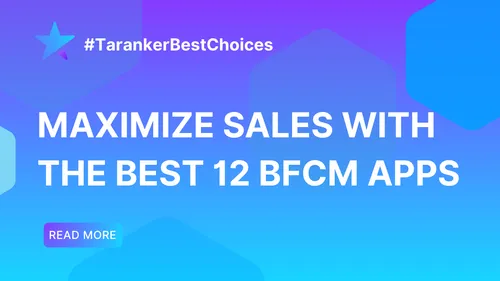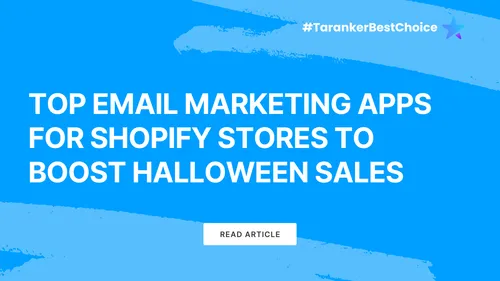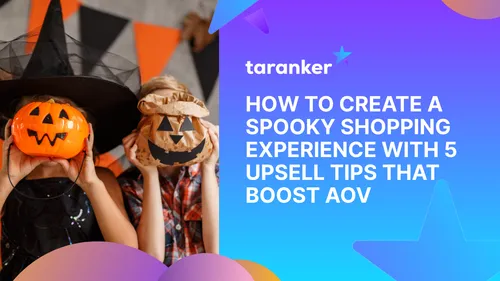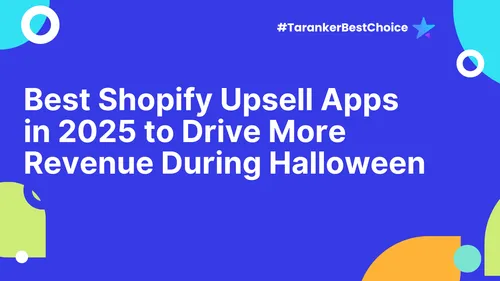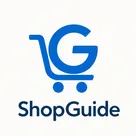In today’s digital landscape, customers demand an experience that’s smooth, personalized, and instant. Meeting those expectations while managing a growing business can feel overwhelming—unless you’ve got automation marketing in your toolkit. This approach uses technology to streamline tasks and delight customers at every step, all without breaking a sweat. In this article, we’ll explain how automation marketing works, provide actionable steps with specific tools to get you started, and share real-world examples backed by data. Ready to elevate your customer experience? Let’s jump in.
What Is Automation Marketing?
Automation marketing harnesses software to handle repetitive marketing chores—like sending emails, managing social posts, or tracking customer actions—automatically. It’s like having a tireless assistant who ensures every interaction feels cohesive and timely. For instance, instead of manually welcoming each new subscriber, tools can send a polished email the moment they sign up. The payoff? A seamless customer experience that keeps people engaged.
The numbers don’t lie: a 2023 Statista report found that businesses using marketing automation see a 14.5% boost in sales productivity. It’s a game-changer for efficiency and customer satisfaction alike.
Why Seamless Customer Experience Matters
Why focus on seamless? Because customers won’t settle for less. Salesforce’s 2024 research reveals that 80% of consumers now rank experience as equal to the product itself. A glitchy website, a late reply, or a one-size-fits-all email can send them running to a competitor. Automation marketing steps in to connect the dots, ensuring every touchpoint feels effortless and intentional.

How to Deliver a Seamless Customer Experience with Automation Marketing
Here’s how to make it happen, complete with tools to bring each step to life:
1. Map Your Customer Journey
First, understand your customers’ path—from discovering your brand to post-purchase support. Tools like Customer.io or ActiveCampaign let you visualize this journey and set up automated triggers for key moments, like sending a discount code after someone browses but doesn’t buy. Mapping it out ensures you’re ready to meet them where they are.
2. Personalize at Scale
Generic messages? No thanks. Use Klaviyo or Mailchimp to craft emails or offers tailored to customer behavior—like suggesting products based on their cart or browsing history. A 2024 Epsilon study shows personalized emails get 29% higher open rates. These tools pull data effortlessly, making every interaction feel like a one-on-one chat.
3. Automate Timely Follow-Ups
Timing is critical for a smooth experience. With HubSpot or Marketo, you can set workflows to send a welcome email via HubSpot’s CRM the second someone subscribes, or a shipping update through Marketo’s robust automation suite when their order ships. Many platforms now offer auto SMS forward capabilities that seamlessly transfer text messages to your customer service platform, ensuring critical communications never fall through the cracks. Schedule birthday offers or re-engagement campaigns too—automation keeps it all on track without manual fuss.
4. Streamline Support with Chatbots
Questions don’t wait for office hours, and neither should your responses. Tools like Drift or Intercom offer AI chatbots that tackle FAQs—like tracking orders or explaining returns—anytime, day or night. For trickier issues, Zendesk can automate email replies and route them to your team, keeping support fluid and frustration-free. Gartner predicts 80% of customer service will involve automation by 2025.
5. Measure and Optimize
Automation’s only as good as the results it delivers. Use Google Analytics paired with Mailchimp’s reporting or HubSpot’s dashboards to track metrics like email opens, click-throughs, or conversion rates. If a follow-up email flops, tweak the copy or timing in real-time. Tools like these make optimization a breeze, ensuring your strategy stays sharp.

Case Studies: Automation Marketing in Action
Let’s see how top brands use automation to create seamless experiences, with data to back it up.
Sephora (Beauty Retail)
Sephora’s “Beauty Insider” program is a masterclass in automation. Using Salesforce Marketing Cloud, they deliver personalized product tips and rewards tied to customer profiles.
-
How They Did It:
-
Personalized Emails: Recommendations based on past purchases.
-
Timely Triggers: Birthday perks and restock alerts hit inboxes perfectly.
-
Chatbot Support: A bot handles quick queries on their site.
-
Results: Their loyalty program accounts for 80% of U.S. sales (2023 annual report), with automation driving retention.
Casper (Mattress E-Commerce)
Casper uses HubSpot to guide customers from interest to loyalty. Their automated workflows nurture leads and support buyers effortlessly.
-
How They Did It:
-
Cart Abandonment: Emails recover lost sales with a friendly reminder.
-
Post-Purchase Care: Setup tips and surveys arrive right on schedule.
-
Analytics: Engagement data refines their approach.
-
Results: A 20% conversion lift post-automation (HubSpot, 2023) shows its power.
The Bigger Picture in 2025
Why prioritize this now? Customers are increasingly impatient—a 2024 PwC survey found 73% will ditch a brand after one bad experience. Automation marketing ensures consistency and care at scale, saving you from costly slip-ups. It’s also a budget-friendly move, cutting manual workload so you can focus on growth.
Conclusion
A seamless customer experience is within reach, and automation marketing is the key. By mapping journeys, personalizing outreach, timing interactions, streamlining support, and refining with data, you can delight customers without burnout. Sephora and Casper prove that the right tools—like Klaviyo, HubSpot, or Drift—turn automation into a competitive edge. Start by picking one step, testing a tool, and watching the magic unfold. Your customers deserve it, and your business will thrive for it.

